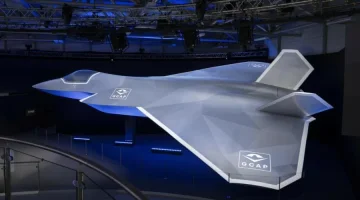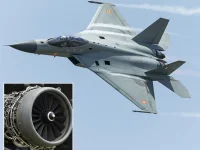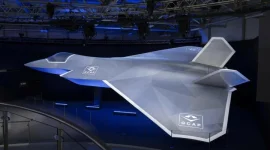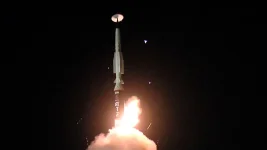- Views: 2K
- Replies: 14

In a move highlighting Japan's growing international defence cooperation, two Japan Air Self-Defence Force (JASDF) Mitsubishi F-2 fighter jets landed at Singapore's Paya Lebar Air Base on August 27th. The stopover marks a brief pause before the aircraft continue their journey to India to participate in the Indian Air Force's inaugural multilateral Exercise Tarang Shakti.
This rare overseas deployment of JASDF F-2s underscores a shift in Japan's defence posture. Historically, Japan has maintained a strictly defensive military stance, as enshrined in its constitution. However, evolving regional security dynamics and China's increasing assertiveness have prompted Japan to strengthen its defence capabilities and collaborate more closely with allies.
While Japan's constitution prohibits maintaining offensive military forces, its defence policies have become more robust in recent years. Participation in overseas exercises like Red Flag and now Tarang Shakti demonstrates Japan's commitment to enhancing interoperability and readiness alongside partner nations.
Exercise Tarang Shakti is a multi-phase event hosted by the Indian Air Force. The first phase, held at Sulur airbase in Tamil Nadu, concluded successfully with the participation of France, Germany, Spain, and the UK. The second phase, scheduled from August 29th to September 14th at Jodhpur airbase in Rajasthan, will feature a broader international contingent, including Australia, Bangladesh, Greece, Japan, Singapore, the UAE, and the USA.
The inclusion of Japanese F-2s in Tarang Shakti represents a significant step in Japan's ongoing defence evolution. It signifies a willingness to engage actively in multinational training exercises and contribute to regional security efforts. While Japan's defence posture remains fundamentally defensive, its participation in such exercises highlights its adaptability and commitment to maintaining peace and stability in an increasingly complex geopolitical landscape.




